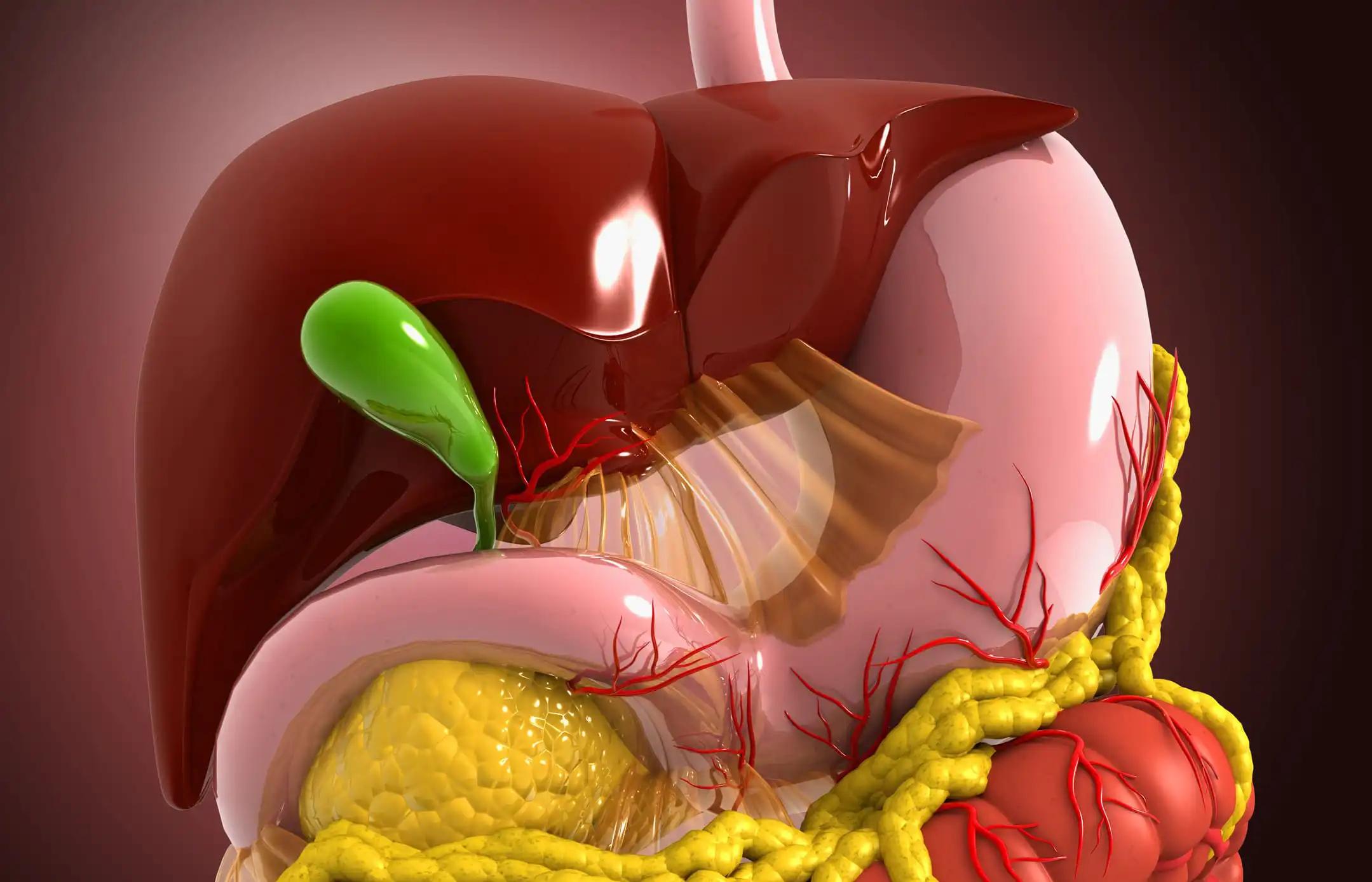KEY TAKEAWAYS
- The study aimed to evaluate the adequacy of surgical treatment and preoperative factors for non-functioning pancreatic neuroendocrine tumors.
- About one-third of patients experienced potential overtreatment; tumor diameter predicted overt and undertreatment.
The absence of reliable preoperative prognostic factors for predicting tumor aggressiveness in non-functioning pancreatic neuroendocrine tumors and pancreatic cancer may lead to suboptimal management decisions.
Stefano Partelli and the team aimed to critically evaluate the adequacy of surgical treatment for patients with resectable non-functioning pancreatic neuroendocrine tumors and to investigate preoperative features that determine surgical appropriateness.
Researchers studied patients who had curative surgery for non-functioning pancreatic neuroendocrine tumors at San Raffaele Hospital from 2002 to 2022. They evaluated the appropriateness of the surgical treatment by classifying it as appropriate, potential overtreatment, or potential undertreatment. This classification was based on tumor aggressiveness and whether the disease relapsed within 1 year of surgery (early relapse).
Results showed that out of 384 patients included in the study, 230 (60%) received appropriate treatment. However, the remaining 154 (40%) patients were undergoing potentially inadequate treatment. Among these, 129 (34%) experienced potential overtreatment, and 25 (6%) had potential undertreatment. Factors significantly linked to surgical appropriateness included radiological tumor size (P<0.001), tumor site (P=0.012), surgical technique (P<0.001), and year of surgery (P<0.001).
Independent predictors of potential overtreatment were surgery before 2015 (OR 2.580, 95% c.i.: 1.570 – 4.242, P<0.001), tumor diameter < 25.5 mm (OR 6.566, 95% c.i.: 4.010 – 10.751 P<0.001), and pancreatic body/tail location (OR 1.908, 95% c.i.: 1.119 – 3.253, P=0.018). Tumor size was the sole predictor of potential undertreatment (OR 0.291,95% c.i.: 0.107 – 0.791, P=0.016). Patients with potential undertreatment had significantly worse overall disease-free survival (P < 0.001), overall survival (P < 0.001) and disease-specific survival (P < 0.001).
The study concluded that nearly one-third of patients with non-functioning pancreatic neuroendocrine tumors experience potential overtreatment. Tumor diameter is the sole predictor of potential surgical overtreatment and undertreatment.
The study received no funds.
Source: https://pubmed.ncbi.nlm.nih.gov/39107074/
Partelli S, Battistella A, Andreasi V, et al. (2024). “Critical appraisal of the adequacy of surgical indications for non-functioning pancreatic neuroendocrine tumors.” BJS Open. 2024 Jul 2;8(4):zrae083. doi: 10.1093/bjsopen/zrae083. PMID: 39107074.



